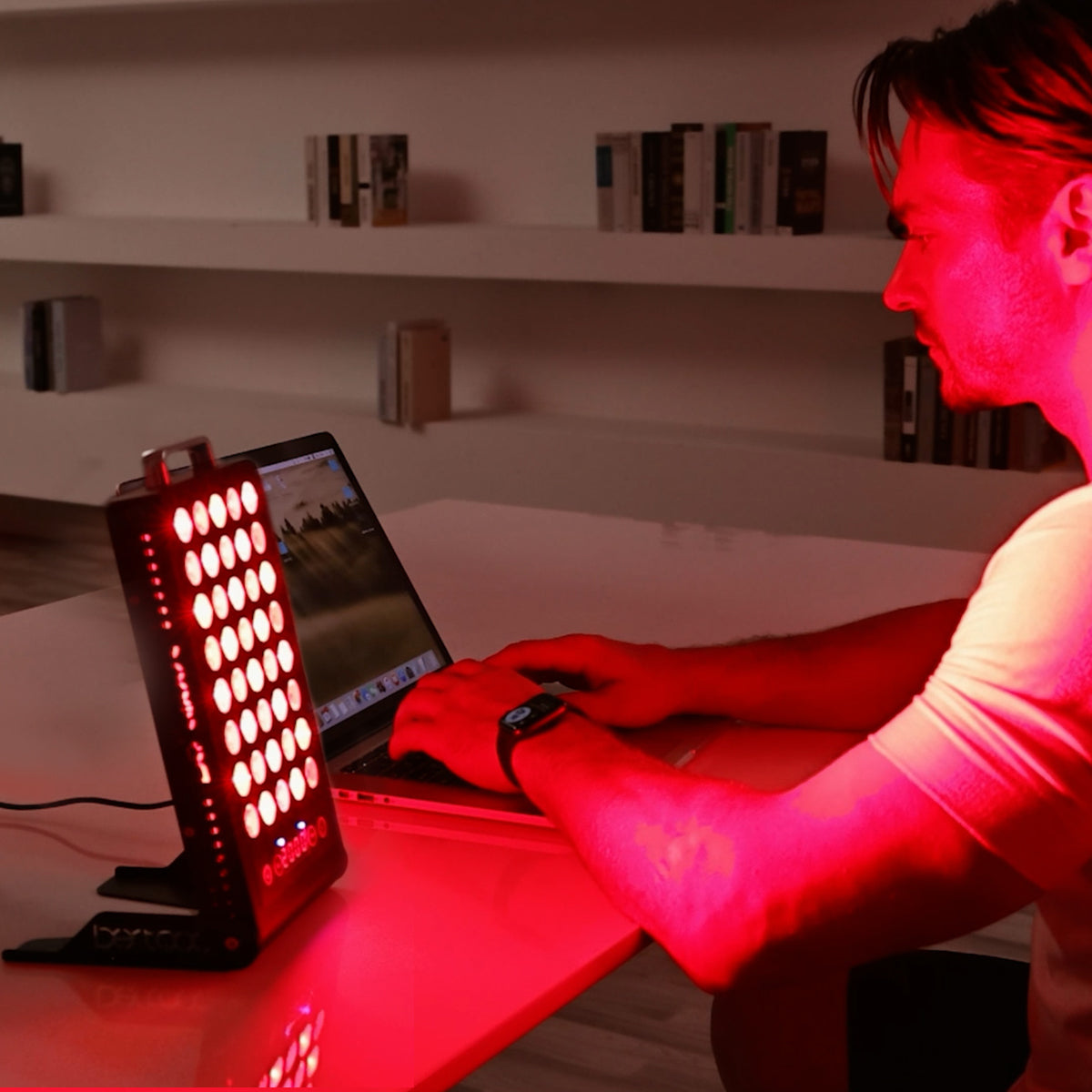Unlock the Secret to Instant Muscle Recovery with Red Light Therapy!
In the fast-paced world of fitness and sports, muscle recovery is a critical component of performance. Athletes and fitness enthusiasts alike are always on the lookout for innovative therapies that can expedite recovery and enhance their performance. One such therapy gaining significant traction is red light therapy. This non-invasive treatment harnesses specific wavelengths of light to promote healing and recovery in the body. Its popularity is surging within the recovery community, as many individuals report remarkable improvements in their muscle recovery times and overall well-being. In this article, we will explore the science behind red light therapy, its benefits for muscle recovery, and practical ways to incorporate this tool into your recovery routine.

Understanding Red Light Therapy
Red light therapy (RLT) is a form of phototherapy that utilizes low-level wavelengths of red light, typically in the range of 600 to 1000 nanometers. This light penetrates the skin and is absorbed by the cells, subsequently triggering a series of biological processes that promote healing. At the cellular level, red light therapy stimulates the mitochondria, the powerhouse of the cell, to produce more adenosine triphosphate (ATP), which is essential for cellular energy. Enhanced ATP production leads to increased metabolism and accelerated healing processes. Additionally, red light therapy has been shown to boost collagen production, reduce oxidative stress, and improve blood flow, all of which are crucial for effective muscle recovery. The mechanism by which red light therapy operates allows it to address various facets of muscle recovery, making it a versatile tool for athletes.
Benefits of Red Light Therapy for Muscle Recovery
The benefits of red light therapy for muscle recovery are numerous and well-documented. One of the primary advantages is its ability to reduce inflammation. Inflammation is a natural response to injury, but excessive inflammation can hinder recovery. Red light therapy helps to modulate this response, leading to a faster return to normal function. Furthermore, enhanced circulation resulting from red light exposure promotes better oxygenation and nutrient delivery to the muscles, facilitating quicker recovery. Another significant benefit is pain relief. Many individuals experience muscle soreness and discomfort after intense workouts; red light therapy has been found to alleviate this pain, allowing athletes to train harder and more frequently. Additionally, red light therapy aids in muscle repair by stimulating the production of growth factors and hormones that are essential for muscle recovery and regeneration. Overall, incorporating red light therapy into a recovery routine can lead to improved performance and reduced downtime.
Supporting Research and Studies
Numerous studies have highlighted the effectiveness of red light therapy in enhancing recovery outcomes. Research published in the journal “Photomedicine and Laser Surgery” demonstrated the potential of red light therapy to reduce inflammation and soreness in athletes. For instance, one study found that participants who received red light therapy after intense exercise experienced significant reduction in muscle soreness compared to those who did not. These compelling findings underscore the value of red light therapy as a valuable tool in the athlete's recovery toolkit.
How to Use Red Light Therapy for Optimal Results
To reap the maximum benefits of red light therapy for muscle recovery, it's essential to integrate it effectively into your routine. First, consider the recommended duration of use; sessions typically last between 10 to 20 minutes, depending on the intensity of the light source. It's generally advised to use red light therapy 3 to 5 times per week for optimal results. Positioning is also crucial; ensure that the light source is directed at the affected muscle groups for the best absorption. Many individuals find it beneficial to incorporate red light therapy post-workout or after strenuous activities to alleviate soreness and accelerate recovery. Additionally, consistency is key; making red light therapy a regular part of your recovery routine can lead to long-term improvements in muscle performance and overall well-being.
Safety Considerations
While red light therapy is generally considered safe, there are some precautions to keep in mind. Avoid looking directly at the light source, as it may cause eye strain or discomfort. Additionally, individuals with certain medical conditions or those who are pregnant should consult a healthcare professional before starting treatment. Understanding these guidelines will help ensure a safe and effective experience with red light therapy.
Enhancing Recovery with Red Light Therapy
In conclusion, red light therapy presents a promising avenue for enhancing muscle recovery. With its ability to reduce inflammation, improve circulation, alleviate pain, and promote muscle repair, it is no surprise that this innovative therapy is gaining popularity among athletes and fitness enthusiasts. The scientific backing and positive anecdotal experiences further solidify its place in recovery strategies. If you're looking to optimize your recovery process, consider incorporating red light therapy into your routine. By doing so, you may unlock the secret to faster, more effective muscle recovery, allowing you to perform at your best.








